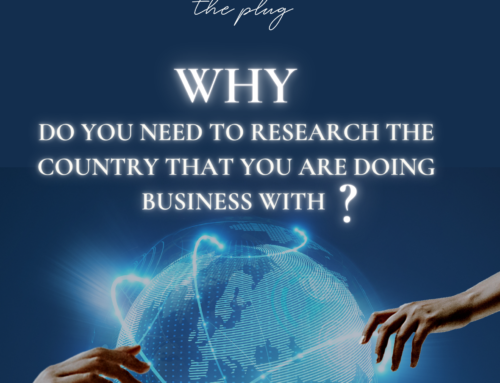
The idea of a market is based on the existence of alternatives to most businesses that a consumer can choose from. No wonder that this also most probably includes the product that your company will be selling. This starts the question; how do consumers actually make their choice? More importantly, what can be done by your business to tilt their choice towards its own product?
CONSCIOUS FACTORS OF CHOICE
If you were to ask an average consumer: Why is it that they choose a specific brand of clothing from its specific location? The answers that will most probably be received will be a list of conscious reasons for their choice. An example of these reasons will probably be: fit, price, comfort, convenience, size, and variety. It is important to understand the vitality of understanding the drivers of consumers in your market, to realistically evaluate the customer’s relationship with the market and with your market.
A successful entrepreneur must understand that they cannot be everything to everyone in the market. An entrepreneur must understand what specific areas are the business’ main strong points, and what are weak points in comparison to the competitors from the consumers’ point of view.
In the previous era you could holistically understand a market with basic forms of knowledge. For example, when a company like Anheuser-Busch started building its wide franchise of brewers in the 50s, Budweiser (the company’s product) was easily able to gain momentum into a new market with minimal effort. In today’s world, with a long list of already placed competitors and new craft breweries that enter the market every year, this would become a much more daunting activity. To establish a successful and operating business in this era, the mere beginning would be to know the drivers of choice that instigate your customers to choose you.
THE IMPORTANCE OF BRANDING
When a consumer is faced with a choice between two products that are categorically similar and comparable features, but originate from two distinct and competing businesses; what motivates their decision?
This is where branding becomes the primary factor that derives the activity of consumer decision. As a definition, branding is the activity through which a company can give itself a distinct persona from competitors that operate within its market and targets its consumers. As soon as you are done with clarifying what your brand is actually going to be, the next step will be to choose a singular and consistent channel across your customers’. This will include your company website, customer service and its social media presence.
THE HIDDEN FORCE BEHIND THE CUSTOMER’S CHOICE
A brand is an intangible creation. It is an abstract that cannot be touched or felt. Basically, a brand is an idea that translates in the minds of the consumers which then takes the form of an image. The mental image that gets imprinted in the consumer’s mind and comes up to them whenever the name of the company’s name is used. This image is dependent on the existence of the consumers, which is why it cannot actually exist without the customers of the business.
This image of a brand is usually dubbed as an archetype. An archetype is the definition of a universal symbol. A symbol that can take a variation of forms, similar to the use of symbols in dreams, myths and stories. A symbol without a mind to perceive it, however, is actually meaningless and does not send any kind of message. It does not transmit any meaning to an individual person or a collective of people. This is then intensified When that symbol is mixed with the perceivers emotion which gives it a life of its own in the individual’s psyche. The importance of this archetype comes in the fact that it is what actually defines a specific brand, and what makes customers commit to a choice, and turn these choices to buying habits.
This whole process of branding is done without the awareness of the consumer. This psychological activity occurs under the surface of the consumer’s consciousness; and a successful archetype is one that will represent at least one pattern with an individual consumer. Finally, the individuals who will become active with that specific pattern are ones that have the actual potential of becoming loyal customers.
HOW GREAT BUSINESSES DIFFERENTIATE THEMSELVES FROM COMPETITORS
For example, the airline industry is known to be formal and cold in nature. However, The US Southwest Airlines put itself in a different league by associating its brand with a warm symbol of the heart. This allowed it to be a representation of warmth, kindness and love.
Another example is the talk-show industry which used to be driven by displaying the least favorable forms of human nature with a vivid example of that being Jerry Springer. On the other hand, Oprah made a dent in that image by being aligned with the archetype of hope, which was a missing archetype from the industry. As a result, flocks of fans followed her on a path outside of gloomy talk-shows.
Furthermore, Nike has made it a goal to implement the archetype of a warrior athlete, which allowed it to arrive at a place which reaches for the competitive nature of its customers and their desire for victory.
What this tells us is that differentiation in any competitive space is ultimately based on subtlety as well as intelligence. It is the job of a successful entrepreneur to find new and creative ways to express these symbols so that they are meaningful to their customers once they are identified.
Finding accurate consumer insights is the first step, followed by developing cohesive strategies based on these valuable insights. A moving target is only considered a moving target when you invest in messaging and advertising to consumers that you have not invested in understanding first.




